Some animals prefer to live a quiet, undisturbed life of an introvert. These are the animals that live under rocks. Some of the animals in this list may come as a surprise, though not all are found in the U.S. We aren’t just talking about creepy crawlies, either. Some of these animals don’t fit into that generally disliked category but still prefer life from under a rock. In this article, you will meet 20 animals that live under rocks. Where would you live if you could choose any natural home you wanted, regardless of your size?
1. Kenyan Sand Boa (Eryx colubrinus)

The Kenyan san boa combats the hot sand under a much cooler rock.
©reptiles4all/Shutterstock.com
The Kenyan sand boa is native to Northern and Eastern Africa and is sometimes called the Egyptian boa. Since they live in the desert where the hot sun beats down daily, it can be life or death for many animals. The sand boa is nocturnal to slither out on slightly cooler sand than the daytime can offer. During the day, they spend their time curled up in the shade under a nice rock.
2. Mantis Shrimp (Stomatopoda)

Mantis shrimp came into existence 340 million years ago.
©Martin Voeller/Shutterstock.com
The elusive mantis shrimp is an amazing carnivorous beast in the sea. This rainbow-colored killer lives in shallow beach tidewater where the victims are plentiful. The mantis shrimp can see more colors than any other living creature. It can see colors our brains cannot even process!
Mantis shrimp grow 6 – 12 inches long and have insane front appendages. They can move these “punching arms” so fast that they cause a shock wave in the ocean that kills their prey even if their punches miss the target. This rainbow murder creature likes to hide and sleep under rocks.
3. Camel Spider (Solifugae)
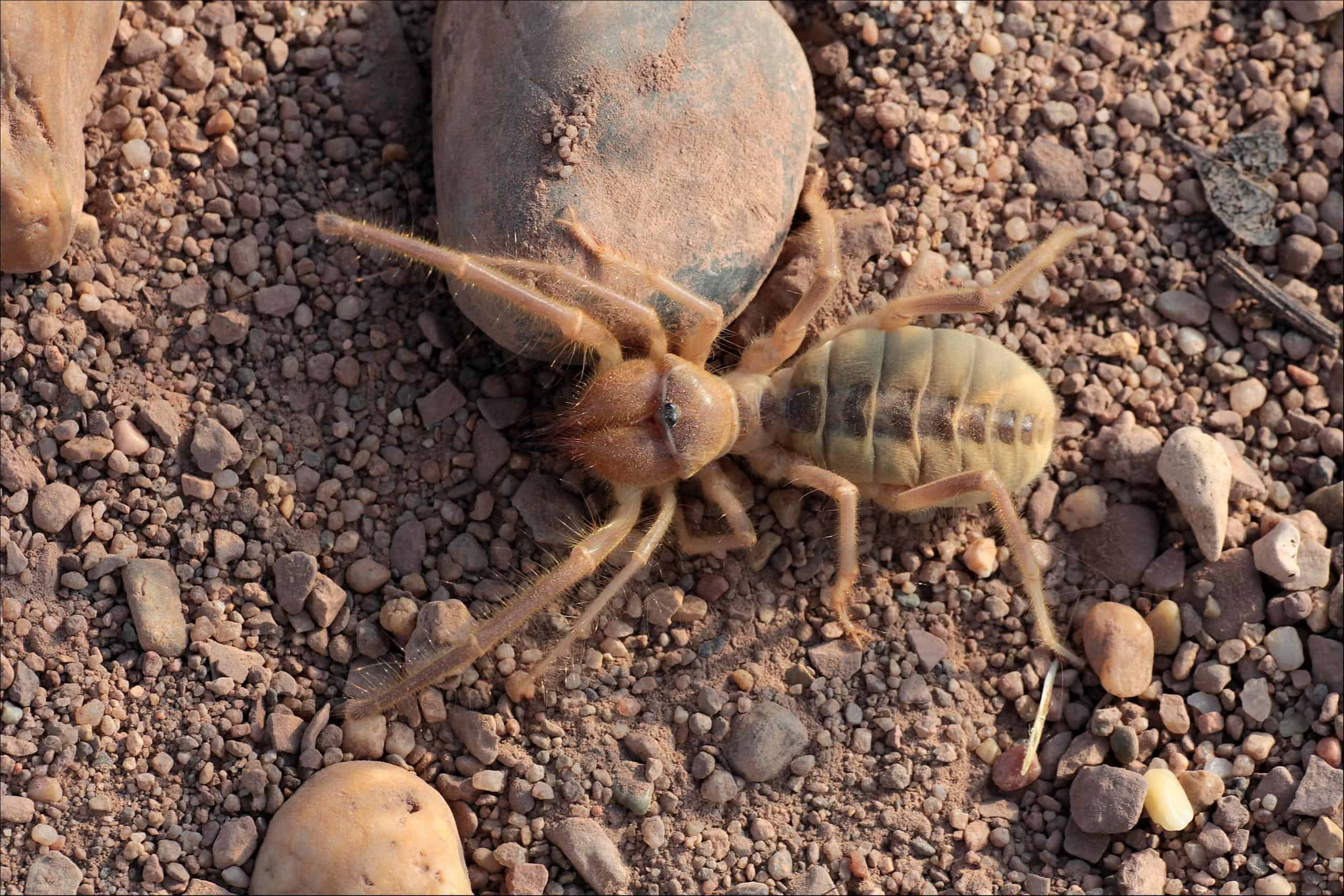
Camel spiders are not actually spiders.
©Dmitry Fch/Shutterstock.com
The strange-looking carnivorous camel spider has numerous rumors about it being a savage killer, but they are all incorrect. The camel spider can deal a wicked bite but generally won’t unless heavily provoked unless you’re a tasty insect. They have been known to “chase” people in deserts, but they are chasing the person’s shadow to stay out of the sun. During the hot days in the burning sun, these creatures stay in the safety and coolness found under rocks. This is true for many desert species.
4. Salamander (Caudata)

There are many different types of salamanders throughout the world.
©Matt Jeppson/Shutterstock.com
Salamanders look like they are made of jelly because their skin is so moist. Because of this, these amphibians are almost always found near a water source or damp area. Without it, the little creatures would dry up and die. Salamanders are not related to other lizards, which are reptiles. Instead, the shiny amphibians are related to frogs much more closely.
5. Eastern Hellbender (Cryptobranchus alleganiensis)

The Eastern Hellbender might sound like it walked out of a horror movie, but they are, in fact, harmless.
©Jay Ondreicka/Shutterstock.com
Eastern hellbenders share many similarities with their close cousin, the salamander. These quirky giant salamanders come equipped with camouflage for hanging out on the algae and moss-covered rocky bottoms of creeks throughout the eastern U.S.
They can certainly cause alarm with their 12 – 30-inch long bodies. The hellbenders are completely harmless and very shy. They spend their time under large rocks found in these creeks.
6. Woodlouse Spider (Dysdera crocata)
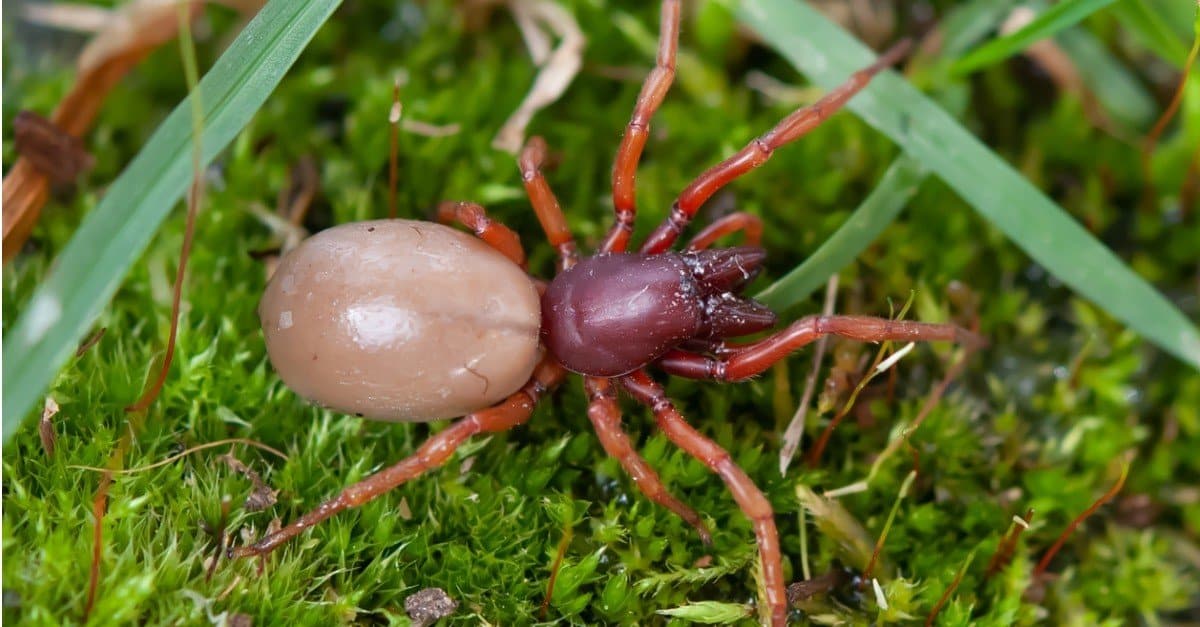
Woodlouse spiders aren’t web-creating spiders. Instead, they hunt on foot.
©iStock.com/Uwe Lubjuhn
Woodlouse spiders may look terrifying, though they are harmless to humans and would much rather run and hide than engage with a human. These rock spiders prefer the cool dampness found under rocks as their hangout. They sleep and eat there, making it convenient for them but frightening if you happen to be a woodlouse since that is also where they live.
7. Striped Bark Scorpion (Centruroides vittatus)
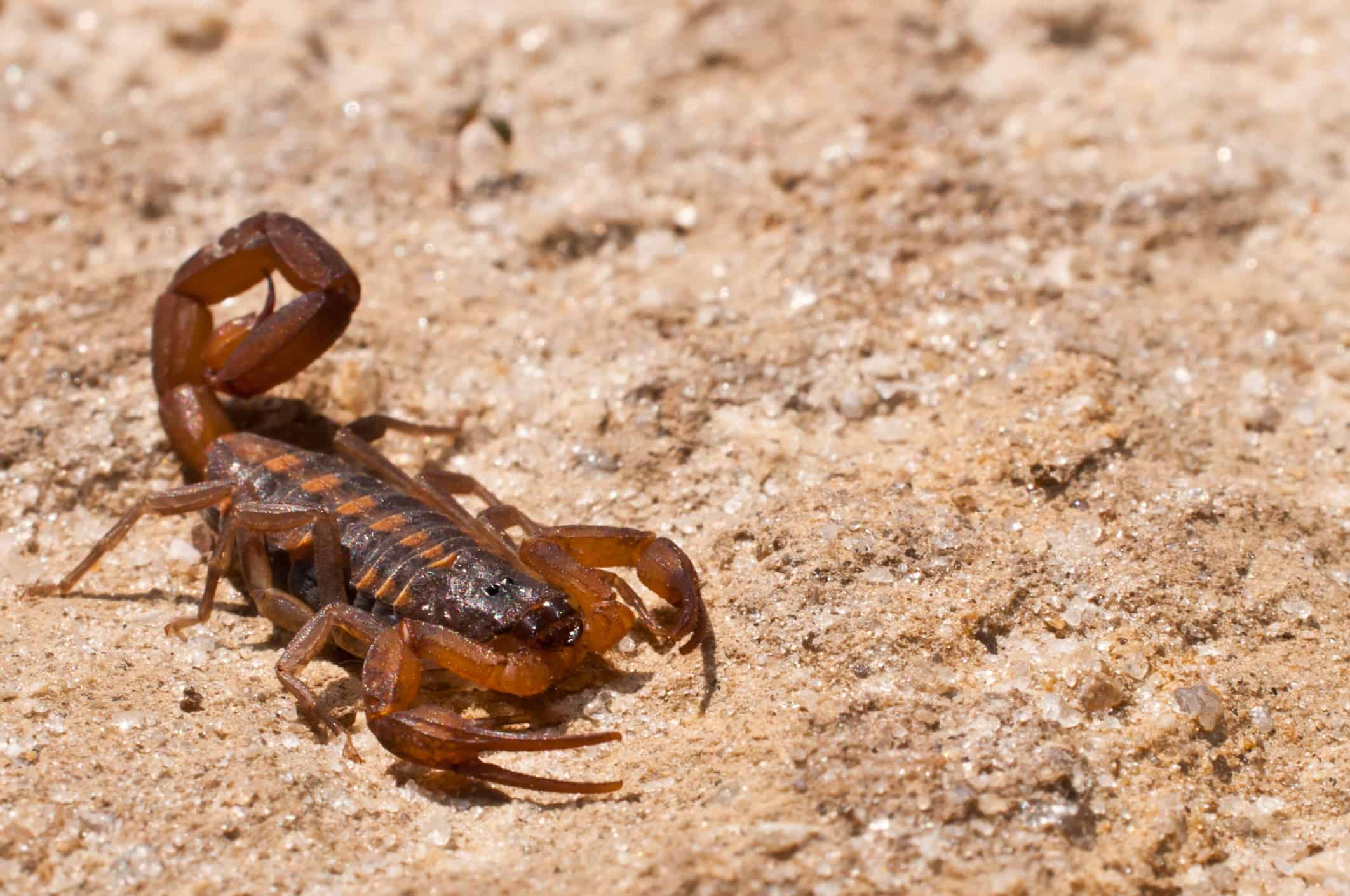
Scorpions are native to areas where desert climates rule the land.
©JasonOndreicka/iStock via Getty Images
The striped bark scorpion is the most common species in the south-central U.S. and Mexico. The sting from one of these may be painful, but it is not dangerous.
One of their favorite hiding places is under cool rocks. They provide shade from the sweltering sun; if dampness is to be had, some might be found under a rock. The scorpions can make their bodies almost flat, which enables them to shimmy underneath rocks.
8. Gila Monster (Heloderma suspectum)
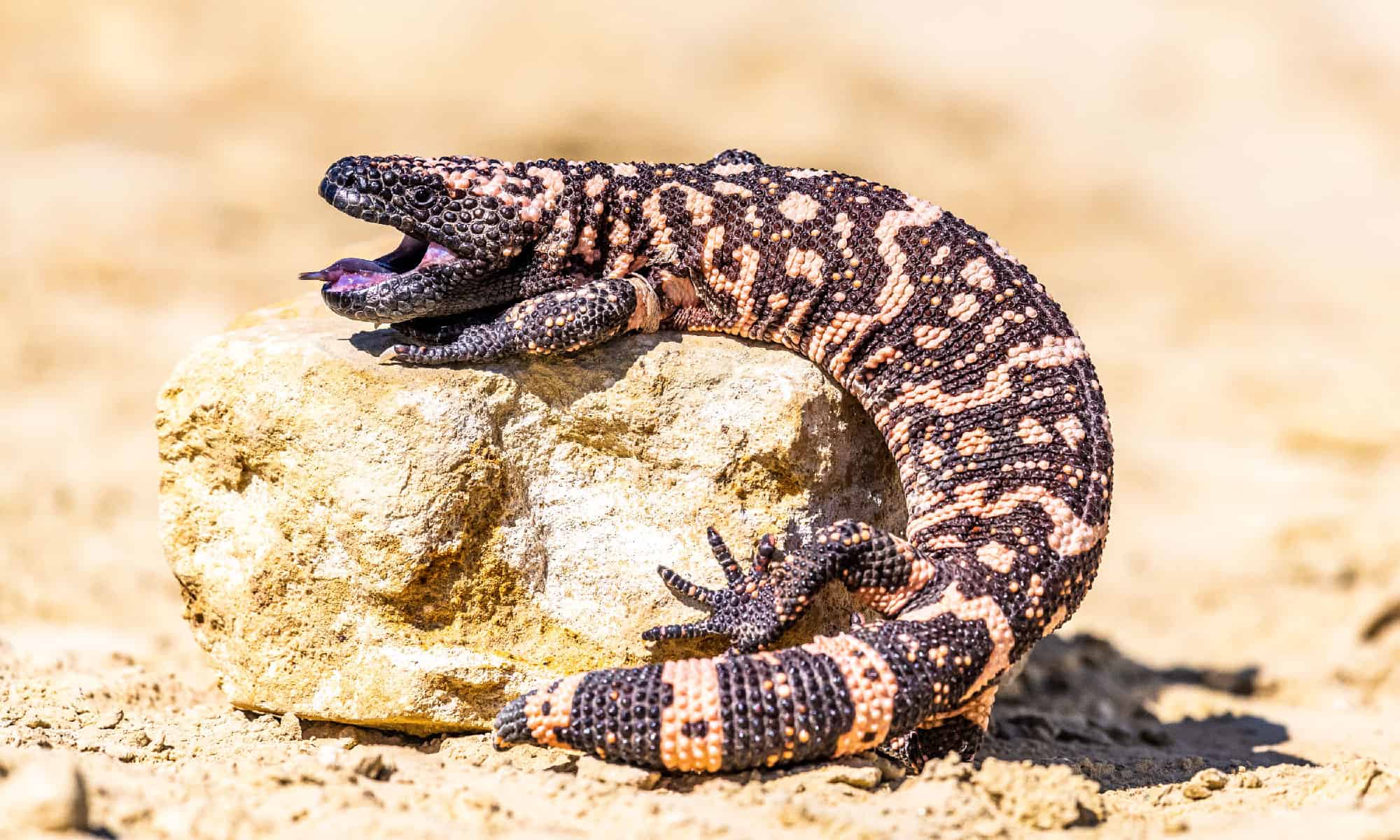
The gila monster releases a strong venom from their bottom jaw once they have locked their super strong jaws onto their prey.
©Vaclav Sebek/Shutterstock.com
Gila monsters are one of the only poisonous lizards in the world. Their bite is comparable to that of a diamondback rattlesnake. However, no human deaths have been reported. These large lizards grow up to two feet long and store fat in their chunky tails. Gila monsters spend 95% of their time snuggled up in deserted burrows or under big rocks. Since they live in deserts, the rocks come in handy for keeping them cool until they come out, occasionally at night.
9. Hellgrammites (Corydalidae)
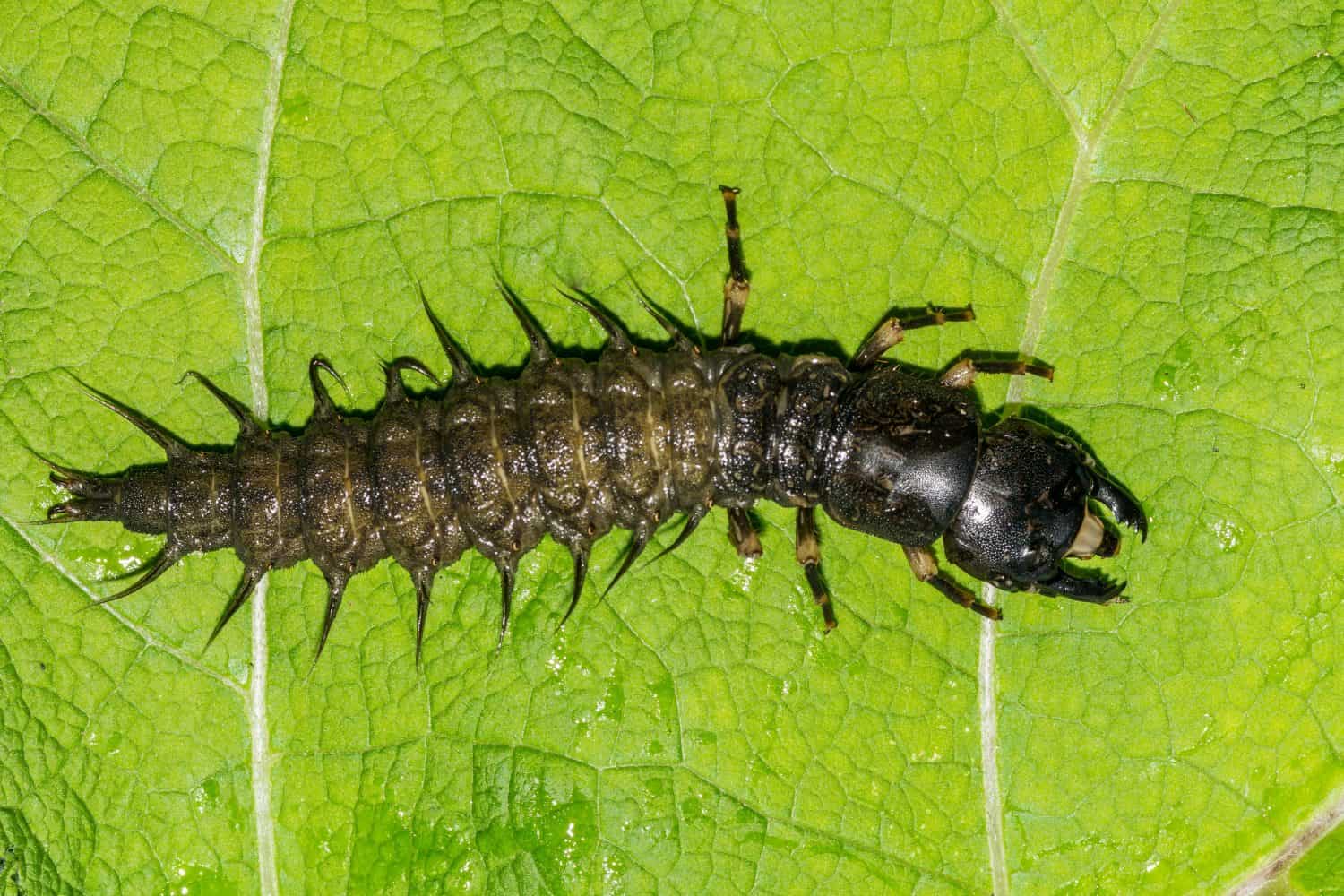
It’s tough not to feel sympathy for an animal that spends its entire 5 years of life stuck under a rock in “childhood,” only to emerge as an adult for 3 – 10 days and die.
©Jay Ondreicka/Shutterstock.com
The hellgrammite is a very strange creature that turns into an even stranger creature before dying. They spend one to five years in larva form called a hellgrammite, which lives entirely in the water except just before it pupates. In the water, these curious animals hide on the rocky bottom or near the edge of the body of water under rocks. Once they emerge to pupate, they will take refuge under logs or rocks a couple of inches out of the water and bury themselves for up to one month before emerging as adult dobsonflies.
10. Common Garter Snake (Thamnophis sirtalis)
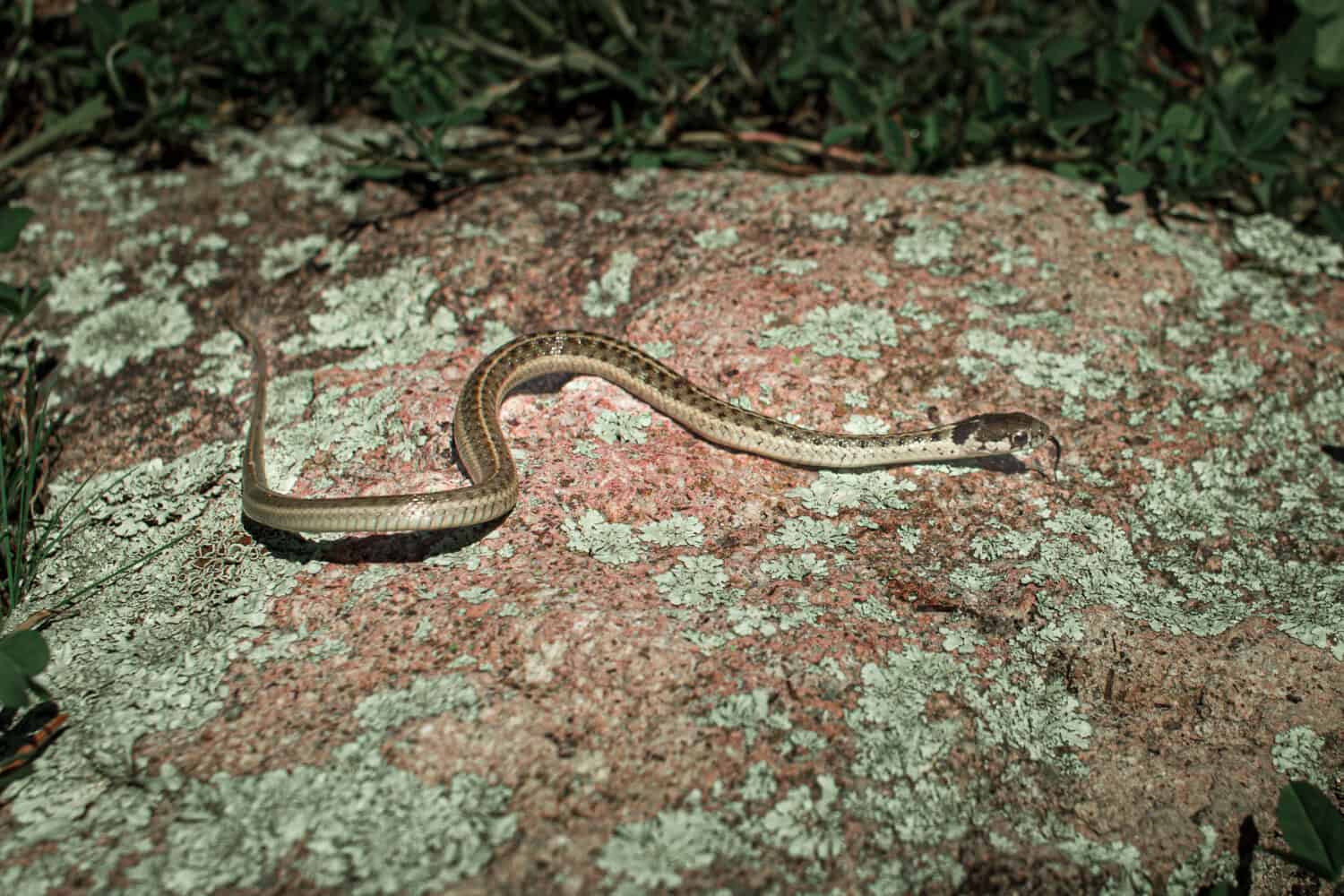
The common garter snake can reach lengths of four feet, though they are generally much smaller.
©FredyErives/Shutterstock.com
If you’ve ever flipped over a rock in a garden, it’s possible the snake you saw residing underneath was a common garter snake. They are extremely common and love gardens and tall grass. Garter snakes rarely bite, but if you are unlucky, they are harmless. These snakes hide under rocks to escape the hot sun but also because they provide a thick safety wall between them, becoming dinner and the predator.
11. Ground Beetle (Carabidae)
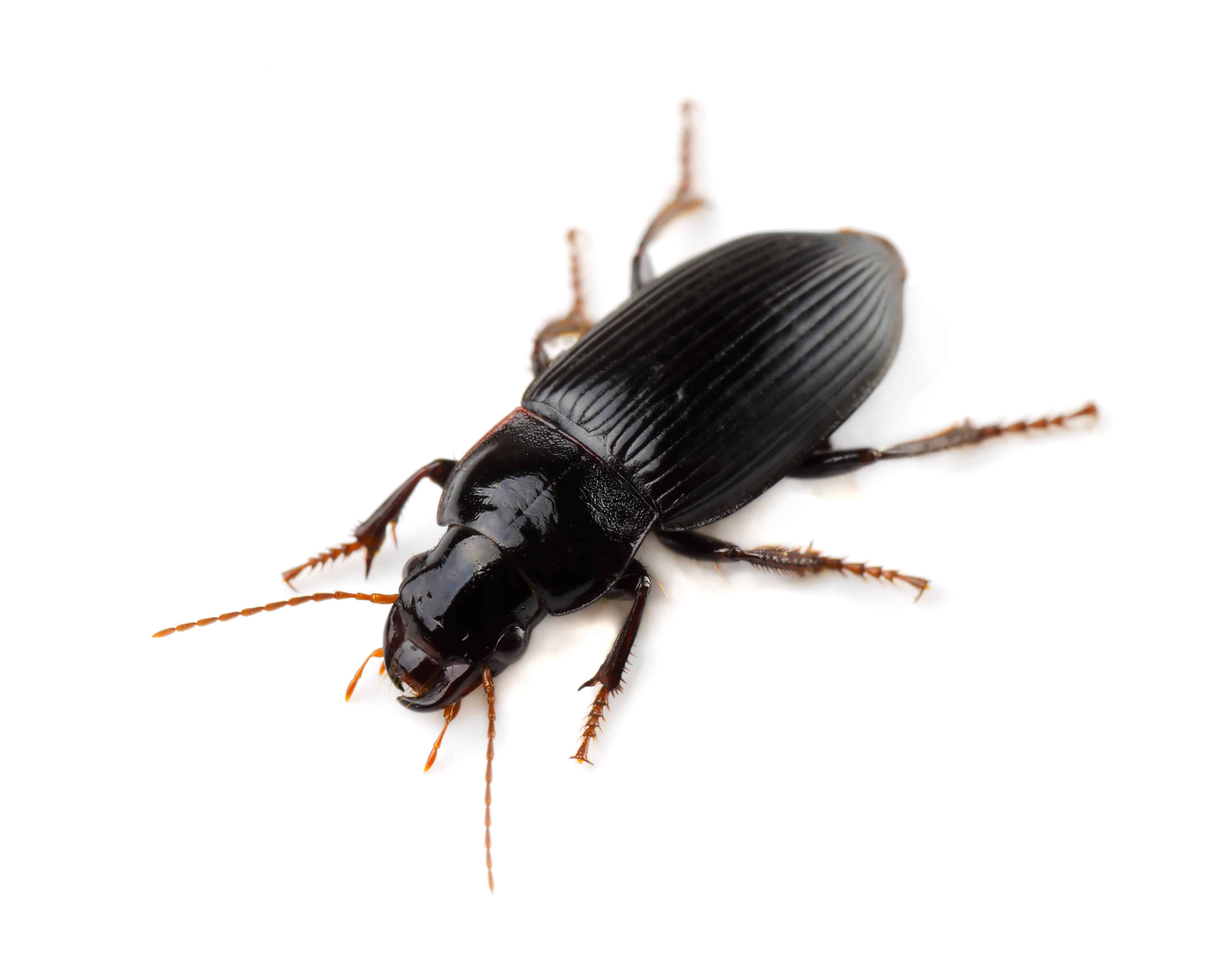
The common black ground beetle is one of over 2,000 ground beetle species in North America.
©iStock.com/Coprid
Ground beetles are very common when flipping over rocks. There’s hardly a rock anywhere in the U.S. that doesn’t have at least one or two under it. There are over 40,000 species of ground beetles worldwide!
12. Woodlice (Armadillidium vulgare)

Woodlice are cute armored insects with small antennae that love the dark, damp soil under fallen logs and rocks.
©Ellianne/Shutterstock.com
Isopods known as woodlice isopods, also known as roly polies by many, are docile, slow-moving land crustaceans that often live in large numbers under rocks or rotting wood. When they feel threatened, the insects roll up in a ball. There is a giant isopod that looks identical and crawls along the ocean floor.
13. Southern Biscuit Star (Tosia australis)
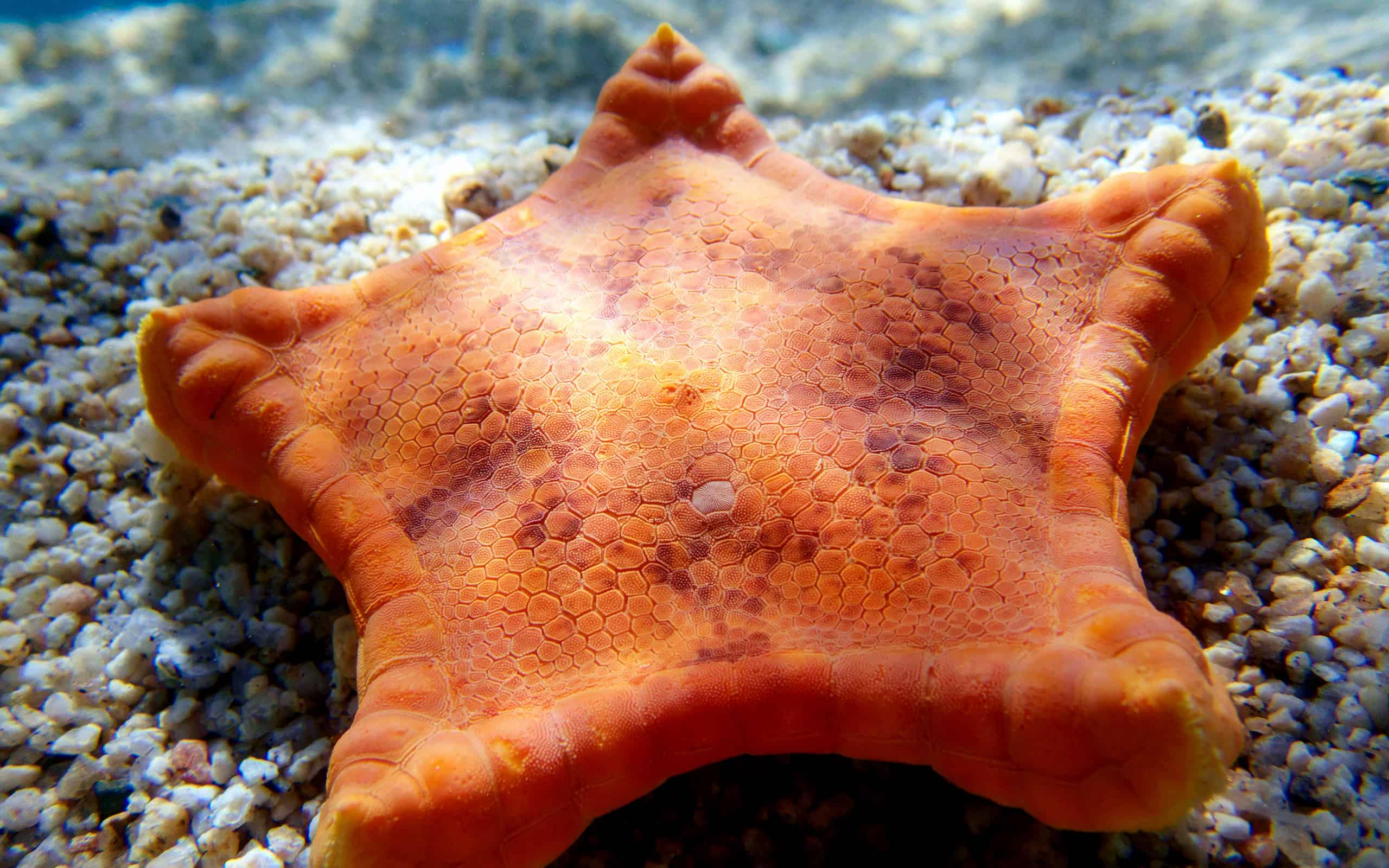
The southern biscuit star is native to Australia.
©vojce/ via Getty Images
This rather odd starfish is only found in the rocky tidal pools of Australia. Since they are easy prey for many marine animals, biscuit stars hide under rocks but feast on other living beings like sponges, algae, and bryozoans.
14. Snails
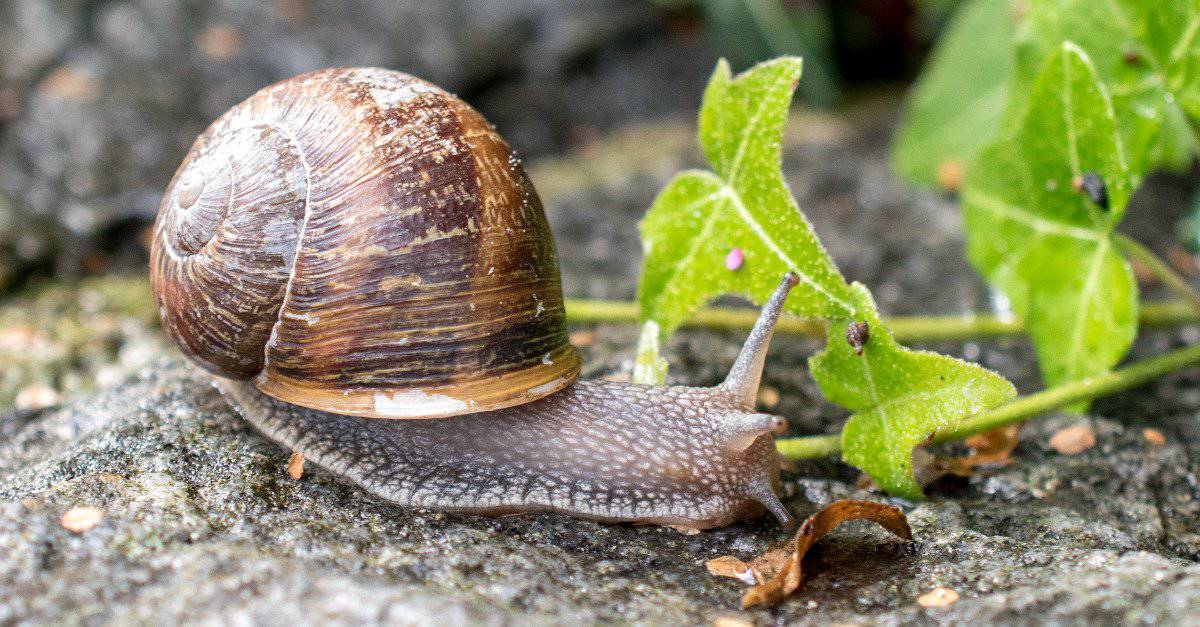
In the wild, snails typically live 1 – 5 years.
©iStock.com/Daniela Schröder
Snails are interesting creatures often found in gardens and forests. They eat numerous plants and can live for 25 years in captivity. Snails can frequently be found under rocks because it’s safe from predators and the drying sun. Snails require moisture in order not to dry out, so if water isn’t available, they know to seek refuge under rocks or under rotting wood.
15. Stonefish (Synanceia)

Stonefish look like floating fish heads in the water because their heads are so large compared to their bodies.
©Alberto Carrera/ via Getty Images
The sea is filled with strange lifeforms, and the stonefish is one of them. These fish not only hide under or within rocks, but they quite literally look like rocks or stones! They are also the most venomous fish in the world! A sting from one of these crazy-looking fish can be fatal to humans.
16. Common Frogs (Rana temporaria)
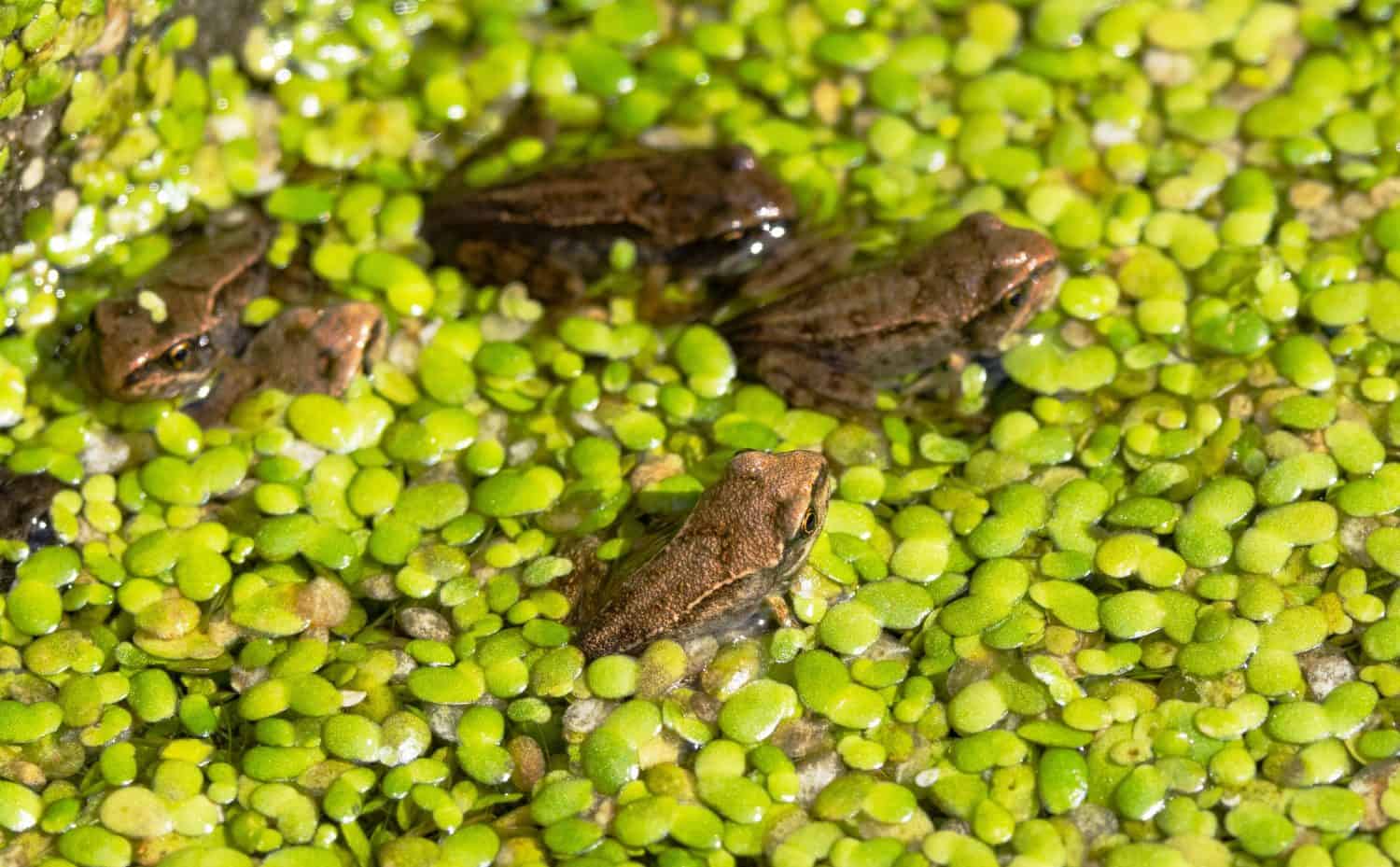
Common frogs are European; however, the U.S. also has many similar species of frogs.
©Nick Greaves/Shutterstock.com
Once the common frogs have reached a state between being a tadpole and becoming a fully grown frog, they crawl underneath rocks along the banks of streams to finish the transformation. Once grown, they still enjoy hiding under rocks away from danger.
17. Earthworm (Lumbricina)
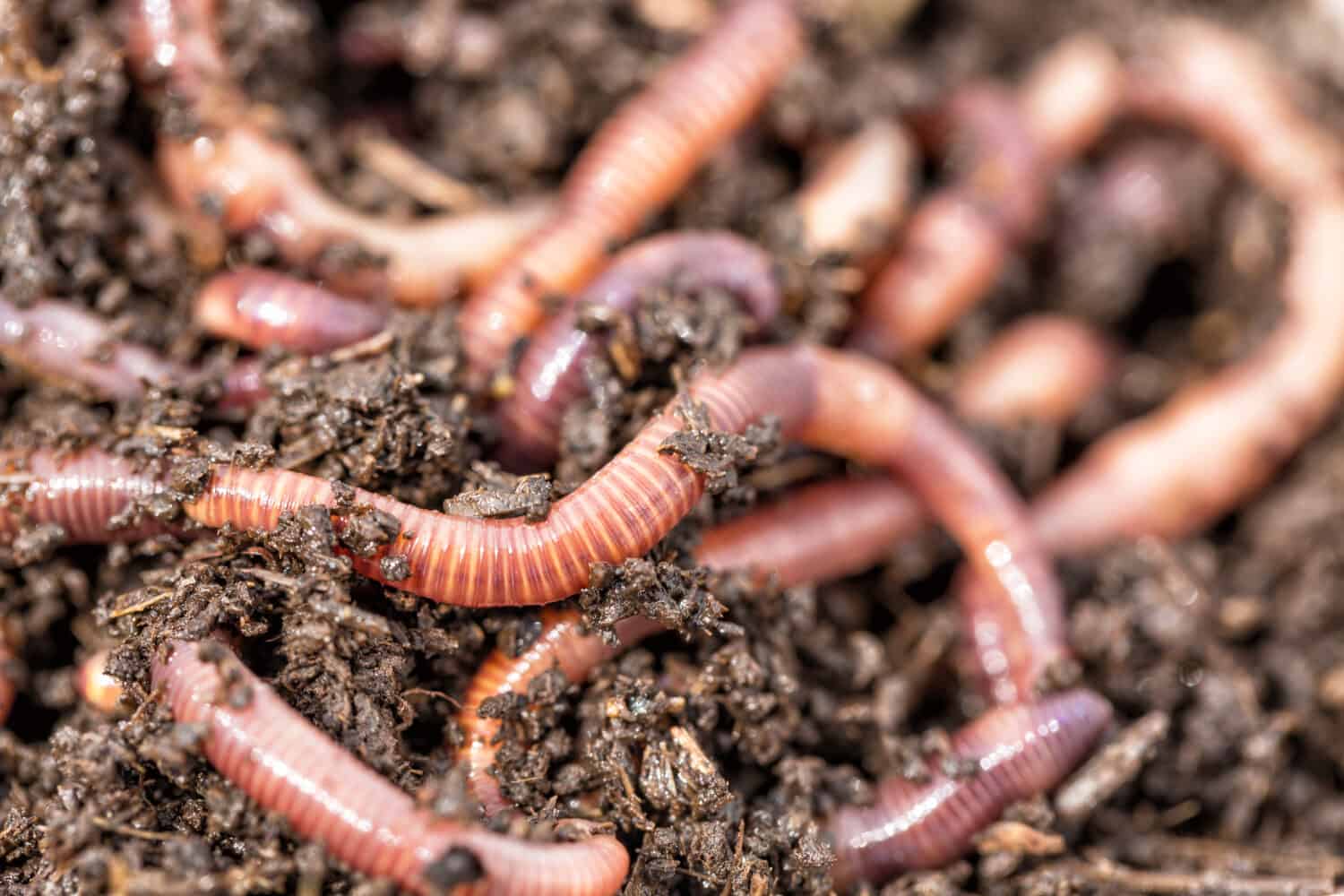
Earthworms are essential to everything on earth that grows from a seed.
©Nick N A/Shutterstock.com
They may not be extremely popular, but the earthworm is massively beneficial to growing any tree or plant. They require moist soil, which is easy since they hang out under the safety of rocks and fallen trees.
18. Five-Lined Skink (Plestiodon fasciatus)

Five-lined skinks spend a lot of time under rocks and in moist places.
©Liz Weber/Shutterstock.com
Skinks spend most of their time near bodies of water and in damp places, like basements and under rocks. These super-fast creatures have many predators, including the hot sun. By hiding under rocks, they are safe from most things.
19. Pika (Ochotona Minor)
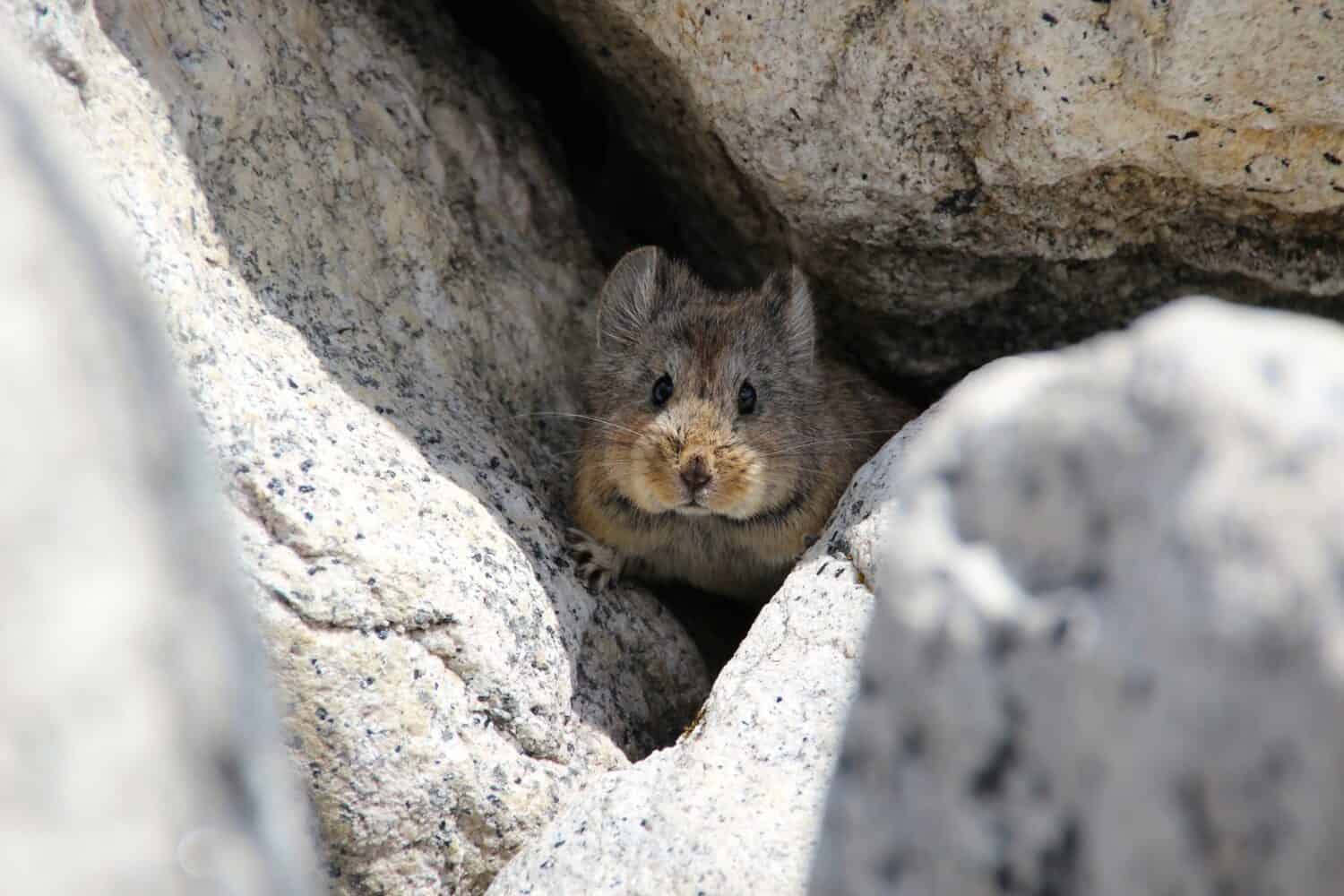
Pikas are adorable rodents found in the mountains and rocky terrain.
©Robert Deller/Shutterstock.com
The small, rodent-like pika is more closely related to a rabbit than to rodents. These creatures live high in the mountains and in rocky areas where they can easily hide from the many predators that eat them. They live in solitude but may live in the same rocky area as other pikas. They use rocky terrain because of the ample hiding places that rocks provide.
20. Wolf Spider (Lycosidae)
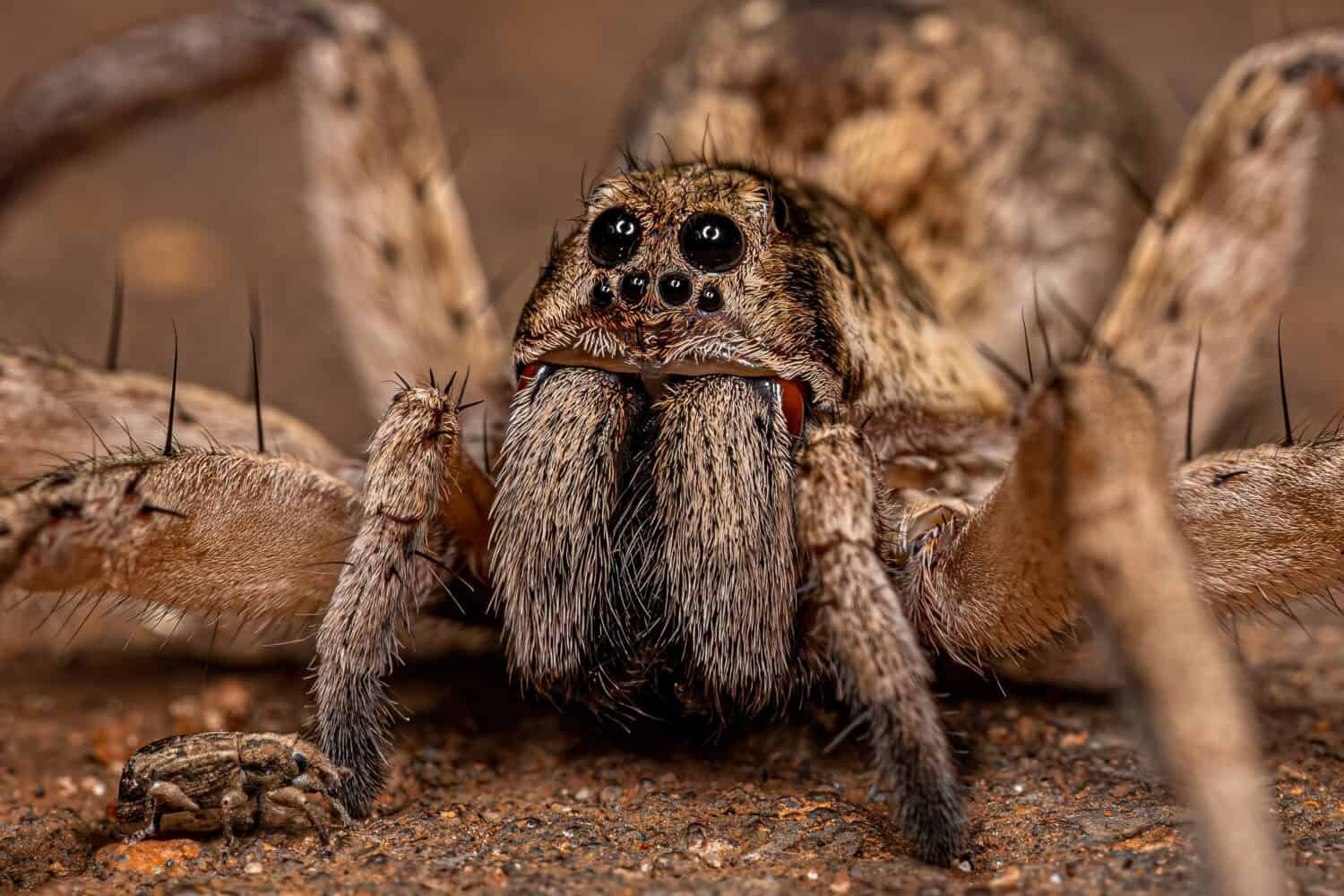
There are numerous species of wolf spiders.
©Vinicius R. Souza/Shutterstock.com
The wolf spider prefers to live a life of solitude. They do not make webs but are often found living under rocks because of the dining choices underneath and the safety of the rock. They are a very important piece of the food chain and are harmless to humans.
The photo featured at the top of this post is © iStock.com/Sheril Kannoth
Thank you for reading! Have some feedback for us? Contact the AZ Animals editorial team.






